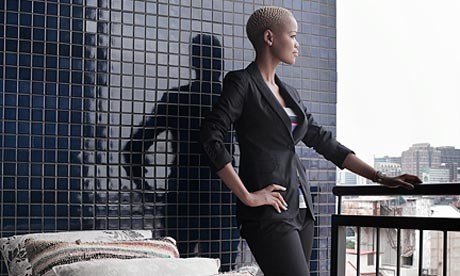"Thandi Sibisi: the new face of South African visual arts"
Publicado20 Fev 2012

Thandi Sibisi, a daughter of farmers in the Zulu heartland, remembers arriving in the big city for the first time. "The bus dropped me in Gandhi Square in Johannesburg," she recalled. "I was 17 and had never even seen a double-storey building in my life. I looked around and it was like, 'I'm going to own this city'."
Eight years later, she has not yet quite conquered it all. But on Thursday she became the first black woman to open a major art gallery – named Sibisi, naturally enough, for someone so ambitious – in South Africa.
It is a sign, she believes, that anything is possible for the country's "born free" generation. "All I have to do is look at myself and my background," she said. "Growing up, I would never have thought I'd be exposed to so many opportunities. South Africa is free.
"I go all over the world and people are closed up and they can't express themselves. South Africa allows you to be you and to be whatever it is you want to be."
The country's visual arts scene, dominated by the white minority during racial apartheid, has not transformed as quickly as some would like.Gallery Momo, the first 100% black-owned gallery, opened in Johannesburg in 2003, while the national gallery in Cape Town has anon-white director for the first time in its 140-year history.
Para ler o artigo completo no Guardian, clicar aqui.
